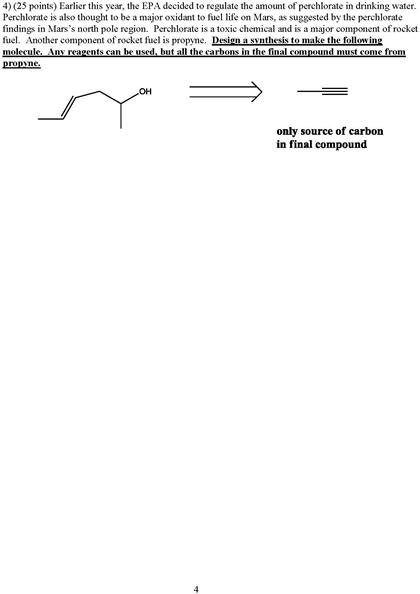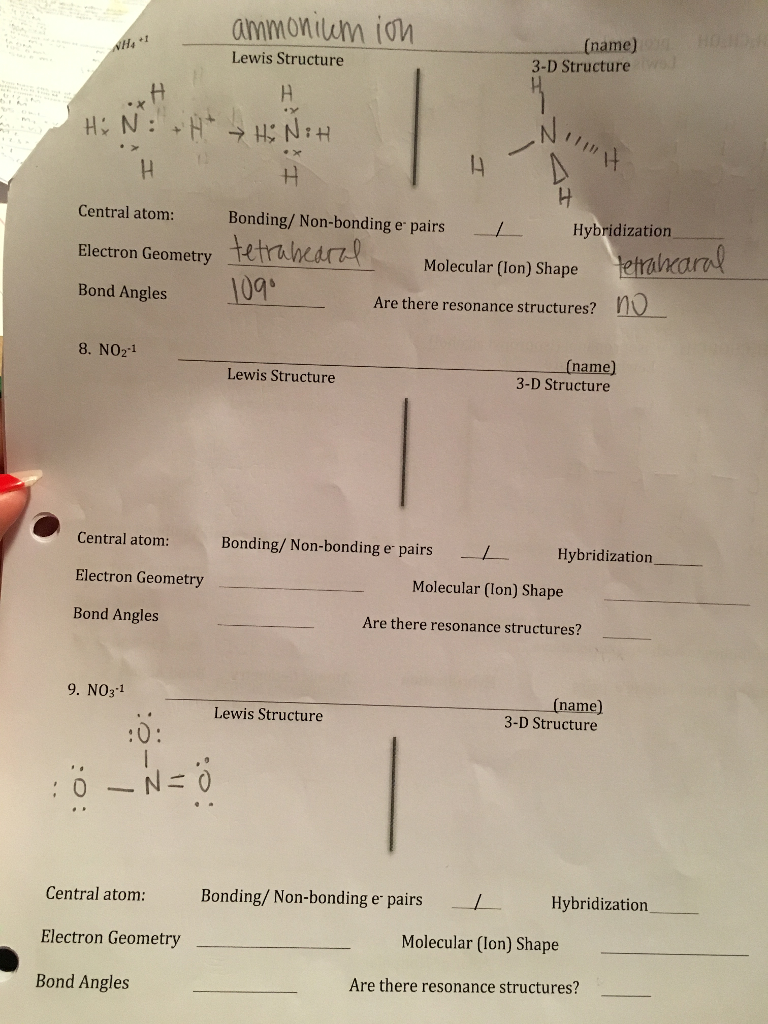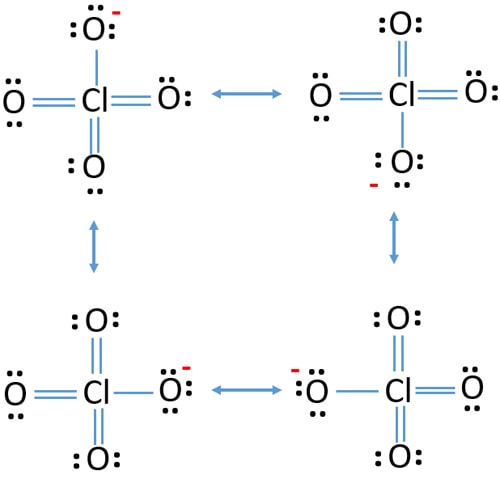

And as Tom nicely pointed out above, there are many different opinions on this matter but from my point of view, for something to be a true ion pair reagent it needs to have substantial affinity for the stationary phase in the absence of the analyte and induce electrostatic interactions with analyte. This is the reason that I classify perchlorate as a "pseudo ion pair reagent". So while sulfate might be useful for disrupting water structure isn't particularly effective at inducing retention of cationic solutes (except, perhaps at substantially higher concentrations).Īctually, if you do the experiment you propose you'll find very little perchlorate actually partitions into the stationary phase.

For example, you can be quite certain that the retention time of the perchlorate salt of a cationic solute will always be greater than the retention of the same solute in the presence of the identical concentration of the sulfate. While this property is certainly correlated to disruption of the water structure, the real reason that perchlorate has an affect on the retention time of a cationic solute is related to the solubility of the salt of these two components relative to the solubility of the analyte with another potential anion. The driving force behind the action of such reagents has very little to do with whether or not they disrupt the structure of water and much more to do with the solubility "salt" of the analyte and the ion pair reagent in the mobile phase. This is why I don't really like using that term in conjunction with ion pair reagents or "pseudo ion pair reagents". You're quite right that any salt that at high enough concentrations is "chaotropic". Another alternative would be to substitute species which are marginally functional as "ion pair reagents" such as trifluoroacetic acid (although perhaps a better match would be pentafluoropropionic acid or heptafluorobutyric acid) which are only weakly absorbing in the UV or the analogous short chain sulfonates (propanesulfonic acid or butanesulfonic acid) which do not absorb in the UV. Neither, however, is an exact match for perchlorate with tetrafluoroborate being somewhat less polarizable and hexafluorophosphate being significantly more polarizable than perchlorate. This work may contribute to comprehending the biological recognition on the cellular surface and deserve further investigation.If you are interested in substituting for perchlorate with an alternative polarizable anion (biologists like to refer to polarizable ions as chaotropic ions because polarizable ions are poorly hydrated and therefore disrupt the organized structure of water, thus resulting in a more "chaotic" environment than highly hydrated anions such as chloride or sulfate which are significantly less disruptive of the structure of water), there are a few options which are non-UV absorbing including tetrafluoroborate and hexafluorophosphate. Compared with the other six anions, ClO 4 − has been proved to exhibit more effective competition with the electrostatic interaction, which might attribute to the differences in hydration energy and the pairing capacities with Fc +CH 2OH.

The competitive strength of ion-pair could be enhanced by increasing ClO 4 − concentration or solution acidity. With the addition of perchlorate anion (ClO 4 −), noticeable competition between the ion-pair and electrostatic interaction was observed owing to the spontaneous pairing of Fc +CH 2OH and ClO 4 −. Once FcCH 2OH was oxidized into ferroceniummethanol (Fc +CH 2OH) by applying an oxidative potential, the electrostatic interaction between Fc +CH 2OH and the deprotonated carboxyl group of 3-MPA became the dominant intermolecular force in the reaction system accompanied by the breaking of hydrogen bonding. The electroactive agent ferrocenemethanol (FcCH 2OH) with one hydroxyl group is adsorbed by terminal carboxyl groups of 3-MPA SAM via hydrogen bonding. Herein, the competition between ion-pair and electrostatic interaction on the surface of a reliable artificial membrane, 3-mercaptopropionic acid self-assembled monolayer (3-MPA SAM), was investigated using scanning electrochemical microscopy (secm). The competition of intermolecular interactions occurring on the cellular surface plays a vital role in governing biological recognition processes.


 0 kommentar(er)
0 kommentar(er)
